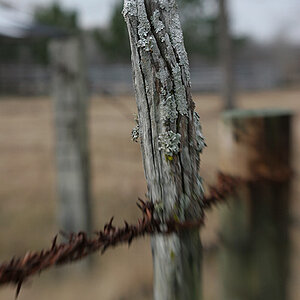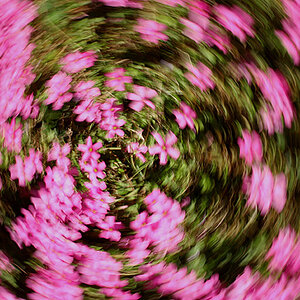soufiej
No longer a newbie, moving up!
- Joined
- Jan 3, 2015
- Messages
- 714
- Reaction score
- 113
- Can others edit my Photos
- Photos NOT OK to edit
And this, assuming my phone cooperates, should be the crop.
View attachment 106215
"Composition" is an element of photography which totally befuddles many students. One of the most basic issues remains, most students become so absorbed with the main subject that they fail to recognize those "other" bits and pieces which will show up in the image. Digitized cropping can be beneficial to a well set up frame but it can't work wonders on the most mundane of the student's work.
IMO a student photographer should be encouraged to get the image correct in the viewfinder before snapping the shutter.
Allow for possible cropping (and aspect ratio changes) when doing your framing but be aware of what your limits are with each step of your work. Placing a subject in your viewfinder that will be difficult, if not impossible, to remove in editing is not the way to go.
I understand you basically just took a snapshot of this flower and then cropped the image to apply the rule of thirds to the flower on the left side of the frame. However, whether it is in your framing of the subject or your editing of the subject, you cannot forget to see the entire image. Simply, the secondary flower to the right of the frame is not within a rule of thirds alignment. The result is a shot which lacks balance. Balance is yet another principle of composition with which you must familiarize yourself.
If you place a visual element into your image, the viewer can be expected to move their eyes to that image. If the image is a single subject, then the viewer explores the single subject to the extent the photographer has directed their interest. By adding that secondary subject, you've also instructed the viewer to look "there" also. But that subject is not in a very interesting position within your framing. In fact, it is in a very distracting position within the frame as a whole.
Therefore, one element applied to a "rule" and one element well outside of the same "rule" tends not to make the most interesting, well balanced image overall.
Please, don't take this to be yet another "rule" to adhere to. Too many students learn a "rule" and then can't stop using that "rule".
When that occurs they turn in photos which are boring in their similarity. Predictability, particularly in the "look" of your photography can be a fatal trap for the student photographer.
IMO each subject is unique and it is that unique value which the photographer should seek to express in their work. Simple placement of subjects in a similar position within your frame will lead to an overall lack of interest on the part of the viewer.
Whether it is a flag pole sticking out of your subject's head or the object off to the side that is distracting the viewer, the image begins with the photographer seeing what is in their viewfinder.
If you are only looking at the main subject, you can almost bet there will be another "thing" that makes what might have been a more interesting image into an unbalanced whole.
Balance is achieved through multiple elements of composition. However, destroy the balance by not seeing what is it you are including in your image and most editing software will leave you with a very uninspiring result.
You could certainly remove the other flower head with more sophisticated software. However, for a student photographer just now becoming aware of some rather basic rules of composition, you're probably a long way from taking on that sort of work.
Some photographers, illustrators, painters, etc are exceptionally visual in their world view. They see compositions as naturally as they breathe in and out.
Most students of photography though must learn through study combined with trial and error effort to get the basics of composition down. From your image, I would tend to think you are not a visual personality.
Therefore, I would suggest you make an effort to study the classic principles of composition as seen in the last one hundred years of "realistic" image making. Your local library should have numerous books which can assist you and, of course, most search engines can provide a basis for a study of seeing what is in front of you and placing it in a visually stimulating fashion.
(Interesting webpage you link to.)


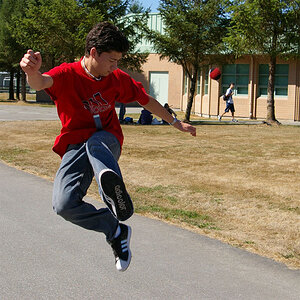
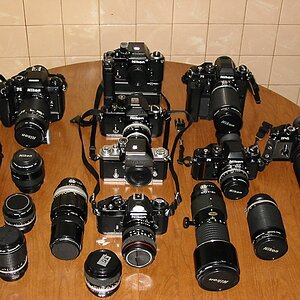



![[No title]](/data/xfmg/thumbnail/30/30995-7e48e5498fe9a56ea3d405cf87f3a1ec.jpg?1619734558)
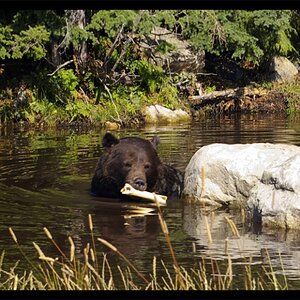

![[No title]](/data/xfmg/thumbnail/35/35965-cac1057a7f2dd8e8aeeefed50ae8c080.jpg?1619737282)
